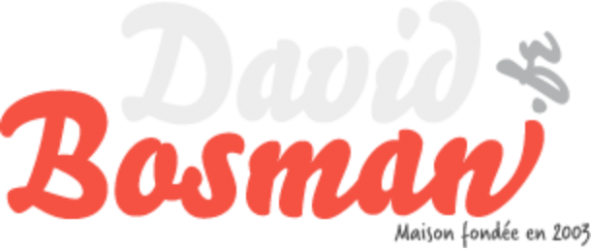My niece having started college this year, I was somewhat surprised to see how poorly students were prepared for this in school, with close to nothing on essential questions such as:
- How to read books and highlight meaningful passage,
- Effective note taking during a lecture.
- How to study those notes, aka how to get a personal understanding of the notions studied more than memorising them.
- How to avoid overconfidence, or the lack of.
- How to organise one’s learning time, using short-and long-term goals.
- How to focus (avoid distractions).
- How to test one’s comprehension.
- And, at least as important as all the others: how to deal with failure. Learning to take it for what it is–a direct and sometime painful feedback on the way one has learned–but nothing more.
It was no better when I was a student myself, some 25-30 years ago. But one’d have thought things were better nowadays, with the ever growing importance of qualification, and all the studies being made on, well, studying and being a student.
Recently, I stumbled on Dr. Stephen Chew’s “How to Study” series of videos to help students “develop a proper mindset to become an effective learner” which is the academic way of saying “to help students getting good at it, without working themselves to death and even, why not, enjoying it.”
The fourth video, “Putting the Principles for Optimizing Learning into Practice”, as its title suggests, is the most practical of the series.
Some of them are covering basic stuff, while other, Dr. Stephen Chew being a professor of psychology, are dealing with more psychological matter, and not all questions are covered. But they’re all worth watching as they’ll give any student sound foundations, even if one is to follow only some of the advice given—plus, they’re short videos: there’s no excuse to skip any 😉
How to Study Video Series, Stephen Chew, Ph.D.

